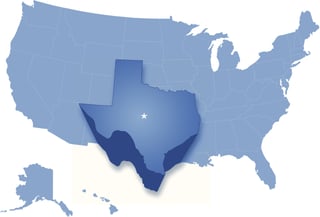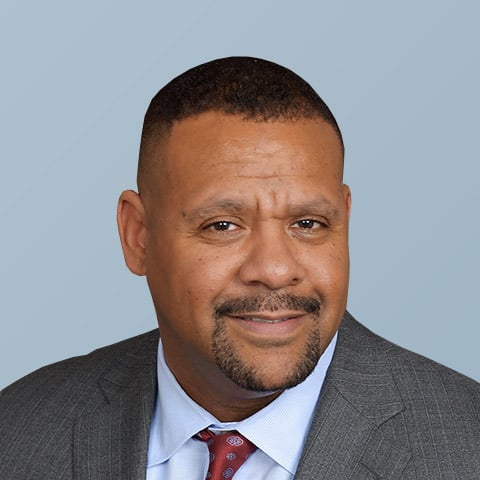 The Texas Enterprise Zone Program is a corporate tax incentive that offers a tax refund for qualified employment-based expenditures. The purpose of the program is to encourage a partnership between local communities and the state. Together, they are able to promote job creation and capital investment in economically distressed areas of Texas.
The Texas Enterprise Zone Program is a corporate tax incentive that offers a tax refund for qualified employment-based expenditures. The purpose of the program is to encourage a partnership between local communities and the state. Together, they are able to promote job creation and capital investment in economically distressed areas of Texas.
In 2014, 48 Texas enterprise project applications were approved for an estimated capital investment of $7.3 billion in the state. The Texas Comptroller of Public Accounts reported that $42.2 million in tax refunds were issued the same year.
A global electronics manufacturer earn a significant tax refund through the Texas Enterprise Zone Program. In 2014, the manufacturer retained 200 jobs, added 300 new jobs and made a qualified new capital investment of $15 million. The company’s project was approved, and they expect to receive a $1.3 million refund.Texas Enterprise Zone Program Eligibility
Designated companies may apply for tax savings in relation to the number of jobs they created and jobs they retained, as well as the total amount of capital investments made.
A business qualifies for this state tax incentive only if the local community first nominates it for the enterprise project designation. Each community is allotted a limited number of projects, and the state has a maximum of 105 projects for every two years.
Designated projects may be located in or outside of an enterprise zone. If the company is within a zone, it must commit to hiring veterans or economically disadvantaged individuals as 25% of all new employees. This number changes to 35% when a business is located outside of an enterprise zone.
An economically disadvantaged individual must meet certain requirements to qualify through the Texas Enterprise Zone Program. A new employee may be eligible if he or she:
-
Was unemployed for at least three months before being hired by a qualified business
-
Receives public assistance benefits, including welfare payments or food stamps
-
Has a low income
-
Has a disability
-
Is an inmate
-
Is entering the workplace after being a prisoner in Texas
-
Has been released by the Texas Youth Commission and is on parole
-
Was under the permanent managing conservatorship of the Department of Family and Protective Services on the day preceding his or her 18th birthday
Texas Enterprise Zone Program Reporting Requirements
In order to claim tax savings through this incentive, a business must meet various state requirements. For example, at least 25% of employees who leave the company must be replaced by economically disadvantaged individuals or enterprise zone residents. Additionally, 25% of new jobs must go to one of these two target groups.
Employees occupying any position must also work 1,820 hours during a 12-month period. Finally, the hiring commitment made in a business’s original application for the tax incentive must be met.
An organization must submit a completed Application For Program Benefits form to claim savings for the total number of new jobs created or retained. Along with this paperwork, supporting documentation must be submitted to prove the eligibility of qualified employees.
Pursuing the Texas Enterprise Zone Program is a beneficial tax savings strategy for companies working to generate revenue. However, claiming this tax incentive is a complex process that requires expert knowledge. A tax expert at CTI is able to offer you more information on this profitable tax solution.
Ready to learn whether your company is qualified to claim savings through the Texas Enterprise Zone Program? Schedule your 30-minute, no-cost consultation with a tax expert at CTI.



